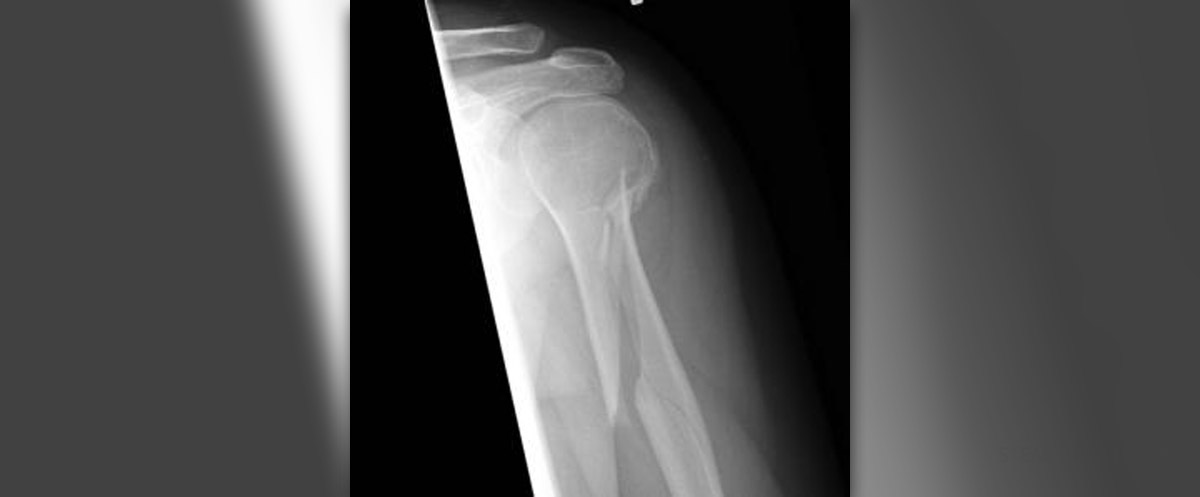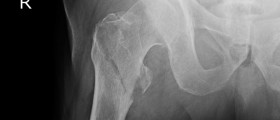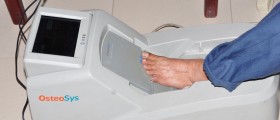Definition of Humeral Fractures
An upper arm bone humerus fractures are no good for a sport people and are hardly an athletic condition. These sorts of fractures, the humerus fractures, are often for about 3% of all other fractures that may occur. The treatment of a humerus fracture is determined at doctors in the emergency room and injured patients are usually unaware of what type of fracture they have. The fracture can be simple or complicated and if fracture is too complex, physician appoints surgery.
The complications need to be evaluated to see if there are possible circulation or nerve problems caused by the fracture. With athletes, it is possible to have nerve entrapment or entrapment of arteries. Physician need to establish vascular and neural integrity before further transport: something that is pretty often with a humerus fracture. A stabilized fractures treatment includes a swath immobilization and sling for at least 6 weeks. Or a clam-shell immobilizer treatment if the fracture can not be immobilize on the right way.
The complex fractures need an internal fixation ORIF surgery and it is done with an intermedullary IM rod or nail. These are internal fixation with potential invasive complications. ORIF stabilize fracture and heals with slight complications. Rehabilitation includes different motion exercises of hands, shoulder, wrist, elbow etc.
It will progress if fracture heals and it will heal with proper strength training for hands, wrists, forearm or shoulders. Rod or nail ORIF is more complicated because nail gets to be implanted on the head of humerus. A healing rate of the rotator cuff tendon constricts rehabilitation. Rehabilitation requires early passive motion, in order to detain adhesive capsulitis wrist, shoulders, elbow etc...Later on, rehabilitation becomes more intense to actives strengthening of a cuff heals. This type of injury needs 3 to 6 months to heal.
Complications of Humerus Fractures
A complex bone structure is called humerus and if it's fractured on a very complex way it is hard to treat fracture. The radial nerve impingement is the most usual complication. If the radial nerve gets to be entrapped in a fracture fragment in that case humerus becomes midshaft or closed reduction of a displaced fracture. 18% of humerus fractures include radial nerve damage.
The radial nerve entrapment is usual for this sort of fractures. One of the complications of fractures is radial nerve palsy. Radial nerve palsy is the complication that includes inability to extend fingers or wrist. Recovery rates depend of a nerve impingement or a type of fracture.
- In our study population, PHF fractures were the third most frequent in the upper limb after distal radius fractures (DRF) and metacarpal and phalangeal fractures and account for 14.7% of all fractures of this anatomical region and 8.2% of the global cause of emergencies due to upper limb pathologies during the period of study.
- Similarly to other studies published, no statistically significant differences were found regarding the affected side, either analysing the total sample or segregating it by age or gender.
- There are two major risk factors for osteoporotic fractures and in particular for PHFs. The first risk is bone fragility followed by the risk of falling. The more fragile bones are, the more serious the fracture is. In 2011, it was estimated that the prevalence of osteoporosis in the EU was 5.5% of the population, and in Spain, it was 5.4% (6.8% in men and 22.6% in women). In 2011, Calvo et al. published a multicentre prospective study on 5147 postmenopausal women over the age of 50 with osteoporotic fractures in Spain. These authors concluded that PHFs accounted for 17.5% of the total number of osteoporotic fractures in this population and that only 1521 women (29.5%) took treatment for osteoporosis. In our study, 6.5% of patients with PHF (64 women and 1 man) were taking treatment for osteoporosis at the time they suffered a fall, and all of them were over 50.
- It has been described that cardiovascular diseases can be a factor favoring the occurrence of falls. Just over half of the sample (51.7%) had cardiovascular disease, which is the most prevalent comorbidity in our study. Within that group, the cause of PHF in up to 98% of patients was a low-energy fall.
- Almost all epidemiological studies showed seasonal variation in the frequency of PHF, with an increase of these fractures in winter. The authors justify these variations on the grounds of weather conditions (for example rain, wind, snow, mud, and ice) and of fewer hours of sunlight in winter, which can increase the risk of falls, car accidents, or both.


















Your thoughts on this
Loading...